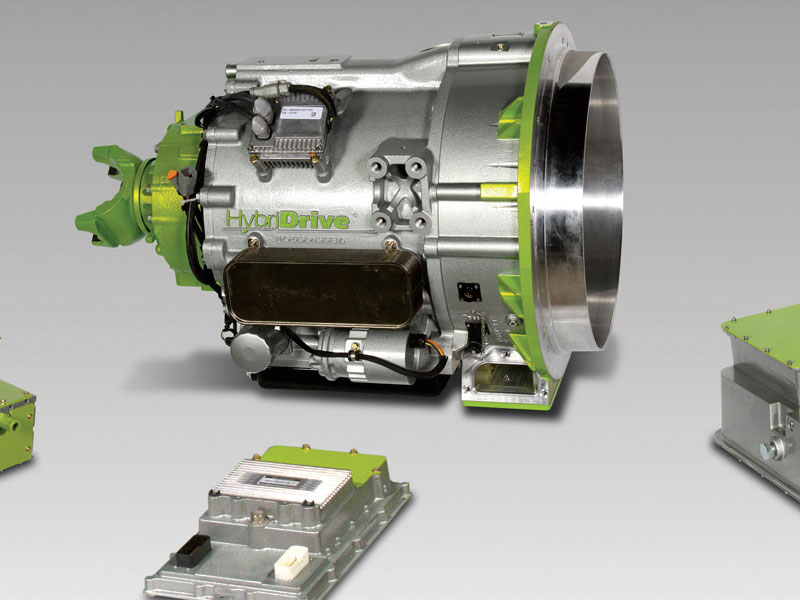The first hydrogen fuel cell powered vessel built in the United States will sail on the San Francisco Bay in 2019 and it will generate zero emissions.
The vessel is a ferry and is primarily financed by a $3 million grant provided by the California Air Resources Board (CARB).
BAE Systems is a provider of electric propulsion solutions and will provide the systems integration with fuel cell and lithium-ion energy storage.
David Adamiak, business development manager, BAE Systems related to the AJOT, “This is a globally significant project because there are very few hydrogen fuel cell vessels in operation. The fuel cell industry is in the early stages of development and as a result vessel operators are waiting to see what costs and risks are associated with the operation of a vessel. The first operator is going to run the most risks, and everybody will observe how that process plays out. “

The CARB grant was essential to provide the necessary financing for a zero-emission vessel that was not available from commercial funding sources. The CARB grant was provided by California Climate Investments, a statewide program that puts billions of Cap-and-Trade dollars to work reducing greenhouse gas emissions.
Development of fuel cell modules are plagued by costing far more than comparably powered diesel engines and hydrogen fuel costs more than diesel fuel, Adamiak said.
Adamiak says the increased manufacture of hydrogen-powered buses and cars will improve economies of scale and drive down the costs of both the modules and hydrogen fuel.
He said there is no significant loss of hydrogen gas stored in tanks on board a vessel.
Dr. Joseph Pratt, CEO of the vessel operator, Golden Gate Zero Emission Marine, told AJOT that the U.S. could become the world leader in building hydrogen fuel cell vessels. He said there is a plentiful supply of hydrogen gas in the country. The gas is used in a number of U.S. industrial applications including in the manufacture of fertilizer, so a truck delivery system already exists in many parts of the country.
Other partners in the project include: The Bay Area Air Quality Management District, project administrator, Bay Ship & Yacht Company, BAE Systems, Red and White Fleet, the Port of San Francisco and Sandia National Laboratories.




